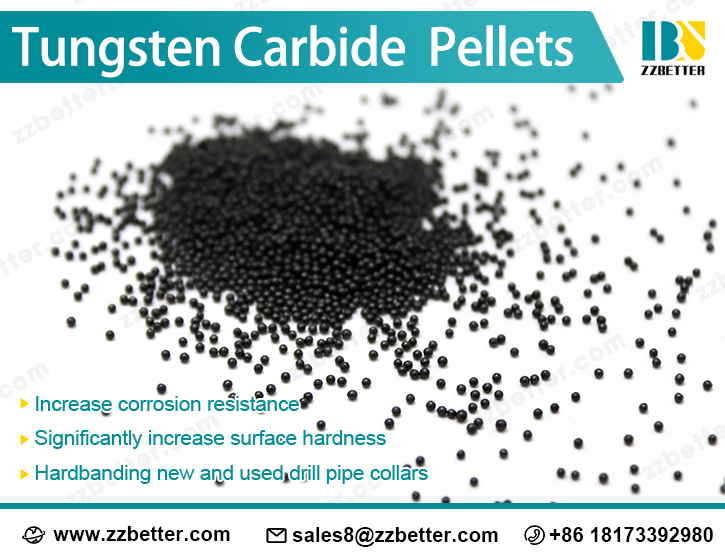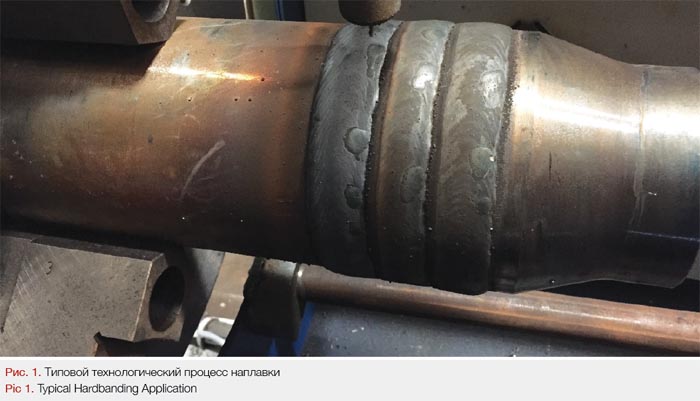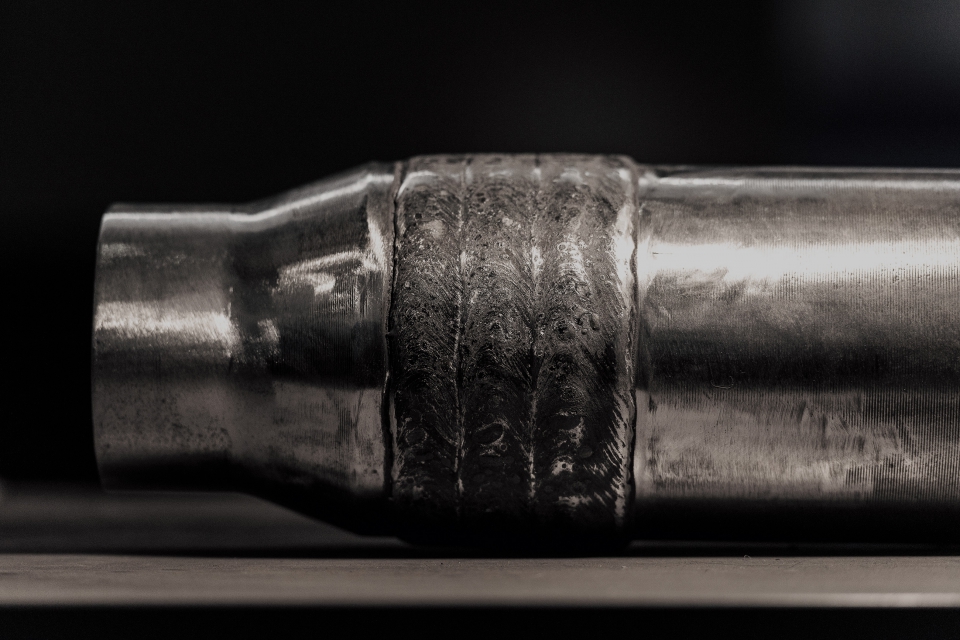Introduction of Tungsten Carbide Pellets
Introduction of Tungsten Carbide Pellets

Tungsten carbide pellets, also called cemented carbide pellets, are unique because they are made from sintered tungsten carbide with a cobalt binder. They have extremely high hardness by compressing, sintering, and granulating under extreme heat and pressure and are resistant to interaction with various liquids and alloys. Different compositions and particle sizes of WC and pellets can show very high resistance to impact and abrasion resistance due to proportion collocation.

Sintered carbide pellets with a cobalt content of 4%, 6%, and 7% roughly as binder and tungsten carbide balance, density 14.5-15.3 g/cm3, Tungsten carbide pellet is of good spherical shape, high wear resistance, and high corrosion resistance. Tungsten Carbide pellets can be in different sizes, such as 10-20, 14-20, 20-30, and 30-40 mesh. In ZZbetter carbide, we can produce the carbide pellets according to your required sizes.
We all know that hard banding is depositing a layer of super-hard metal onto drill pipe tool joints, collars, and heavy-weight drill pipe to protect both the casing and drill string components from wear associated with drilling practices.

Tungsten Carbide Pellets, being welded as hard banding, as a method for protecting drill pipe tool joints from premature abrasive wear, have been widely used to increase the wear life of your hardfacing equipment. They are spherical in shape and have no thin edges or points to wear away, which makes their application in the drilling industry casing friendly.
Tungsten Carbide Pellet is applied to significantly increase the service life after welding and make the surface of the tools form a hardened wear-resistant layer against abrasive wear and spraying wears parts in mining and oil drilling fields. For built-up welding, pellets are used to improve the hardness, wear resistance, and corrosion resistance of the surface of the machined parts. Tungsten carbide pellet is also widely used as punching and stamping machine parts, impact-resistant forging die, hot forging die and finished rollers, engineering machinery, metallurgical as well as the mining industry, etc.

Consistent pellet size allows for maximum pellet density for uniform wear while affording maximum toughness and significantly increases surface hardness, wear resistance, corrosion resistance, and the work life of the tools.





















